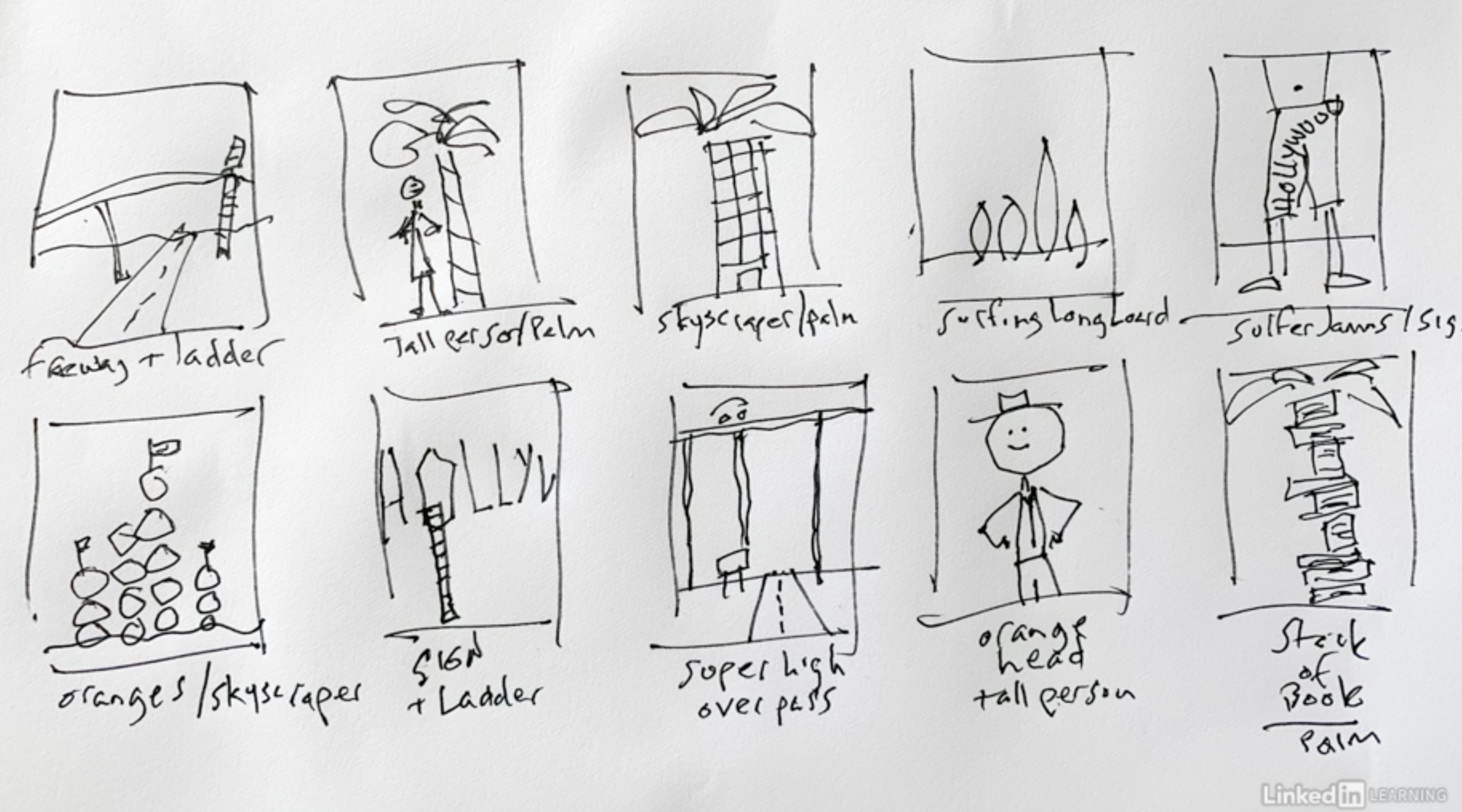Do You Need an Empathy Lab?
What story does your work tell?
Usability labs are common in tech firms. But do you have an empathy lab? Do you need one?
Google thinks so. Their empathy lab tests how products connect to human emotion, blending ideas from art, film, and storytelling with research, inquiry, and product design. Lab Director Danielle Krettek Cobb says they test all the products they make.
But is empathy-testing only for search engines and smart speakers? What about your work?
Google doesn’t share detail about how their lab works, but Sean Adams teaches how to create emotional connections in this LinkedIn course using metaphor, photography, typography, iconography, and appropriation. Testing these elements can turn a usability lab into an empathy lab.
Testing for the emotion you convey instead of where the button goes is the empathy lab difference.
What about data science? Behavioral economics studies show that emotions lead decision-making, not data. The seminal research by cognitive psychologist Robert Zajonc, “Thinking and Feeling,” describes how decisions are made “before consideration,” based on highly complex rules, not knowable knowledge. In short, emotion.
Cobb argues that intelligence comes from understanding those human responses that are precursors to action, like the mimicry that happens when one person yawns and others follow.
What about marketing? Do you measure clicks or aha moments? What about sales? Do you measure leads in dollars or the value your prospects hope to gain?
Tech can change the world, but only when it engages emotion, desire, or need in a way that spurs action. If your products or ideas touch people, empathy labs can help you discover what turns yawns into smiles.
What story does your work tell?
To discuss / comment on this post, check it out on LinkedIn.







